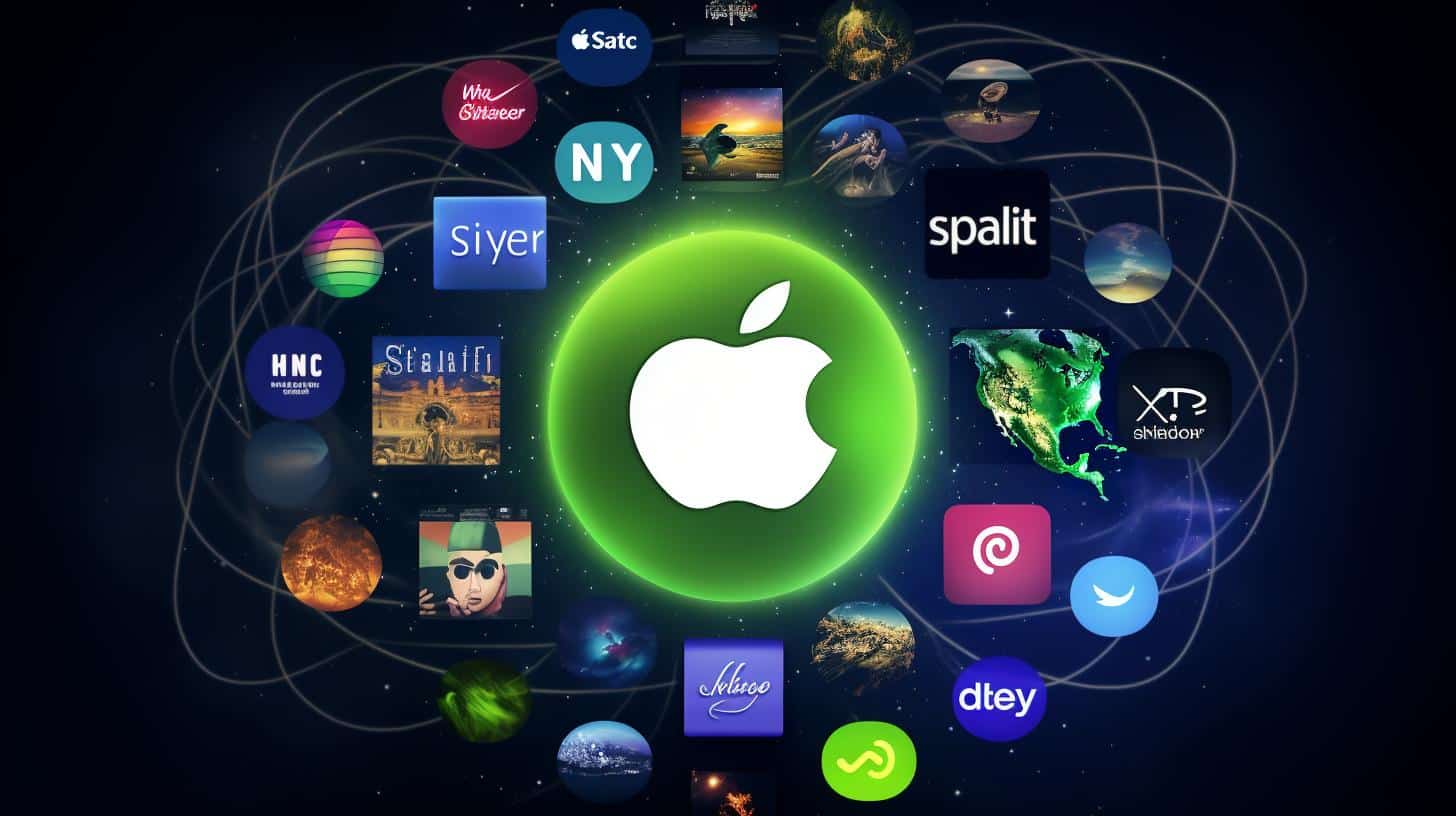Stellantis Commits to Tesla’s NACS Charging Plug for EVs, Cementing New Standard in the US
Stellantis, the multinational automaker, has announced its decision to switch to Tesla’s NACS charging plug for its electric vehicles (EVs), solidifying NACS as the new standard in the United States. This move follows a wave of commitments by car companies in the US, making NACS the go-to option for EV charging.
In a statement on Monday, Stellantis revealed that select models of Chrysler, Dodge, Jeep, Ram, and other Stellantis brands present in the US will adopt Tesla’s NACS charging plug for the 2026 model year, beginning in 2025. Stellantis will also provide charging adapters to support EVs using the previous CCS standard, which remains the prevalent standard in many countries outside the US. The adoption of both connectors will be backed by Ionna, a charging network funded by various automakers, including Stellantis.
Ionna plans to establish 30,000 charging points across the US and will install its first stations this year.
Detroit’s Big Three automakers, which include Stellantis, Ford, and General Motors, have now all committed to adopting Tesla’s charging standard. In addition to these companies, Hyundai-Kia from Korea, the major Japanese automakers (Honda, Nissan, and Toyota), and prominent German manufacturers like BMW, Mercedes-Benz, and the VW Group, have also confirmed their switch to Tesla’s standard. Even Chinese-owned Volvo will adopt the NACS charging plug for its US-market vehicles.
These companies are making the transition to leverage the advantages of Tesla’s Supercharger network, which currently boasts around 22,000 charging stalls as of October 2023, surpassing the size of independent networks like Electrify America. While Tesla’s chargers may not yet match the 350-kilowatt fast-charging speeds offered by some Electrify America stations, their widespread accessibility often compensates for the slightly slower speeds.
Though Ionna, Tesla’s rival charging network, is expected to expand over time, it will require substantial effort to reach the scale of Tesla’s network. Additionally, it will need to maintain its chargers more effectively than some of the existing independent networks. Nevertheless, the dominance of Tesla’s charging infrastructure is expected to persist for the foreseeable future.
As the automotive industry increasingly embraces electric mobility, the adoption of Tesla’s NACS charging plug by leading automakers underscores the growing importance of standardization and collaboration within the sector. With Tesla’s established Supercharger network and an ever-expanding group of companies committing to the NACS charging plug, the future of EV charging in the US appears to be firmly directed towards a consistent and efficient charging experience.
Disclaimer: This article is based on publicly available information and may not reflect the most up-to-date developments in the industry.
Analyst comment
Positive news: Stellantis committing to Tesla’s NACS charging plug for EVs solidifies the standard in the US. Many automakers, including Detroit’s Big Three and prominent international manufacturers, have also confirmed their switch. The adoption of Tesla’s charging standard is expected to continue dominating the market due to Tesla’s established Supercharger network and widespread accessibility. This move towards standardization and collaboration will lead to a consistent and efficient charging experience in the future.













